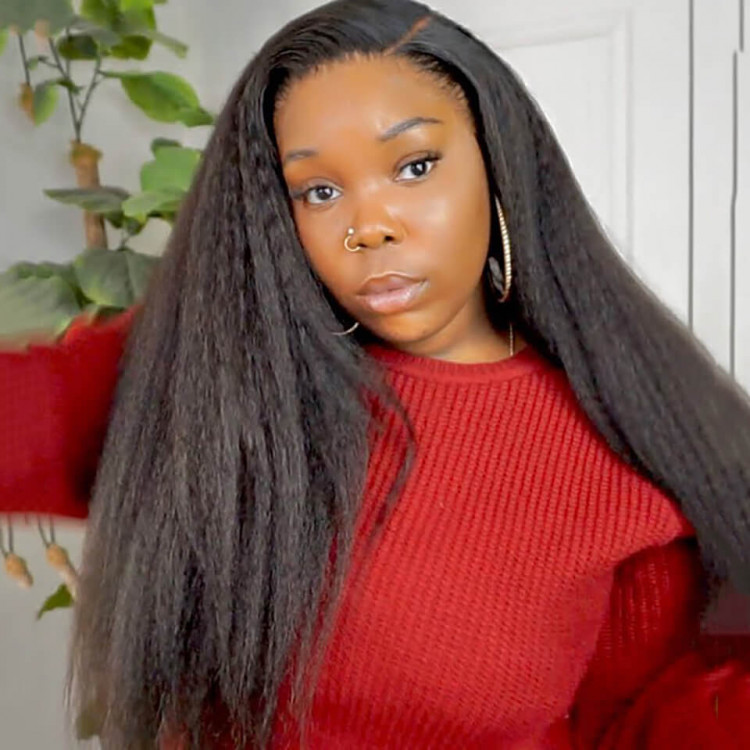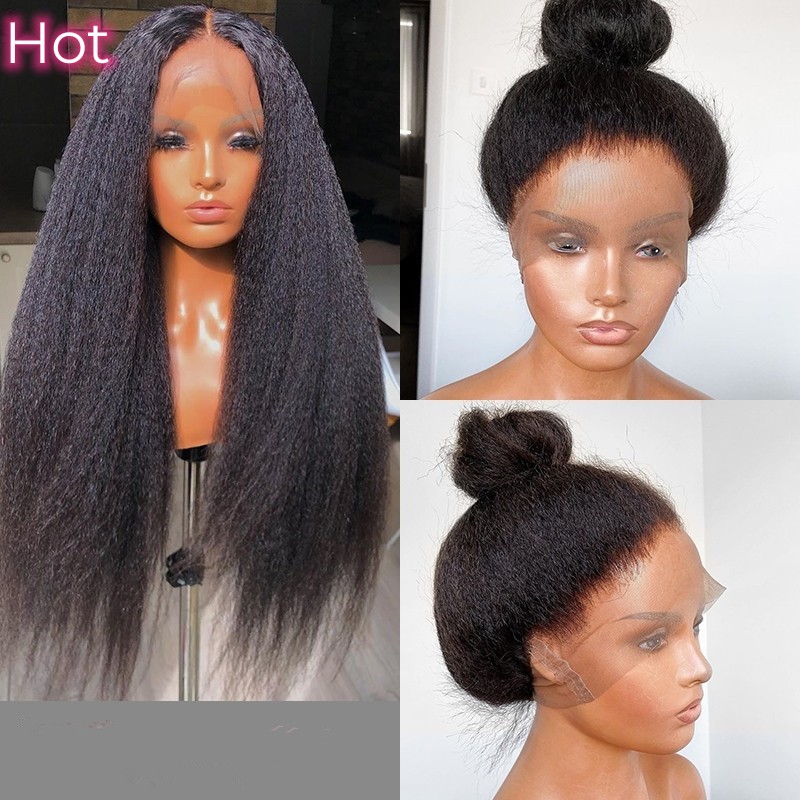Learn how to prevent and reverse traction alopecia with essential hair care tips.
Discover how to maintain healthy hair while wearing wigs with expert advice.
Can wigs cause traction alopecia
Healthy Hair Practices While Wearing Wigs
Wearing wigs is a fantastic way to switch up your look while giving your natural hair a break. However, it’s essential to adopt healthy hair practices to ensure your natural hair remains vibrant and healthy under those stunning wigs.

What is the cause of traction alopecia?
Tight Hairstyles Styles that pull tightly on the hair shaft like braids, buns, ponytails, and extensions.
Wigs and Weaves Particularly those that are secured tightly or worn for prolonged periods without breaks.
Hair Accessories Consistent use of rubber bands, clips, or headbands that put stress on the hair.
Chemical Treatments Regular use of harsh chemicals like relaxers and dyes that weaken hair structure.
Understanding Traction Alopecia
Let’s start with the basics. Traction alopecia is a form of hair loss that occurs due to continuous pulling and tension on the hair follicles. It’s particularly common around the edges and crown of the scalp, areas that often experience the most strain. If you’re seeing thinning hair or bald spots around your hairline after regularly wearing tight hairstyles or wigs, you might be dealing with traction alopecia.
Traction alopecia can affect anyone who frequently wears tight hairstyles, such as ponytails, braids, or weaves, and it’s especially prevalent among individuals who wear wigs or hair extensions regularly. The good news is that traction alopecia is preventable and often reversible if addressed early. Understanding the signs and taking prompt action can help mitigate long-term damage.
Key Symptoms
Thinning hair, especially around the hairline and the nape of the neck.
Patchy bald spots in areas subjected to repeated tension.
Follicular inflammation, which might appear as redness or soreness around affected areas.
Broken hairs around your hairline, which can indicate ongoing damage.
How to avoid traction alopecia from wigs?
Recognizing these symptoms and causes is the first step in creating effective prevention and treatment strategies.
1.Don’t Wear Wigs Too Tight
This is a crucial tip for preventing traction alopecia. Ensure your wig fits comfortably without causing undue pressure on your scalp. Tight wigs can pull on your hairline and contribute significantly to hair loss. Consider getting your wigs professionally fitted or using adjustable wigs for a custom fit.
2.Avoid Continuous Use of Wig Adhesives
Wig adhesives can be convenient, but they can also cause damage if used too frequently. Continuous use of adhesives can weaken your hairline and scalp. Explore alternative methods of securing your wig, such as wig grips, which provide a secure hold without damaging your natural hair.
Just clip it down and use bobby pins to help secure
3.Protect Your Edges
The hair around your edges is delicate and prone to damage. When wearing wigs, ensure you’re not putting extra strain on this sensitive area. Applying natural oils or edge serums can help strengthen and protect these weaker parts of your hair.
4.Give Your Hair Breaks
It’s essential to give your scalp and hair regular breaks from wearing wigs to breathe and rejuvenate. Plan to have wig-free days during the week to allow your scalp to enjoy some fresh air and reduce any accumulated stress on the hair follicles.
5.Maintain Scalp Health
Regular scalp care is non-negotiable. Keeping your scalp clean and hydrated will promote healthy hair growth, even when wearing wigs. Use moisturizing shampoos and conditioners, and ensure you clean your scalp thoroughly to remove any buildup or debris.
6.Moisturize Your Natural Hair
Wearing wigs doesn’t mean you should neglect your natural hair. Keep your hair moisturized to prevent dryness and breakage. Invest in good quality leave-in conditioners and hair masks that penetrate deep into your hair shaft and provide lasting hydration.
7.Consider Lightweight Wigs
Heavy wigs can put extra stress on your natural hair and scalp. If you’re wearing wigs frequently, consider opting for lightweight options that are breathable and put less strain on your hair follicles.

8.Seek Professional Help
If you notice signs of traction alopecia or any other hair concerns, don’t hesitate to seek professional advice. A dermatologist or trichologist can provide tailored recommendations and treatments to address your specific needs.
Hairstyles to avoid traction alopecia
Beyond the essentials, there are additional practices that can support your efforts in preventing traction alopecia and maintaining healthy hair while enjoying the benefits of wigs.
Use Protective Styling
Consider protective styles that minimize tension and promote hair health. Styles such as cornrows, twists, and low-manipulation updos can help protect your hair from the strains of daily styling.
Adequate Nutrition
Your diet plays a crucial role in hair health. Ensure you’re consuming a balanced diet rich in vitamins and minerals, such as biotin, vitamin E, and omega-3 fatty acids, to support robust hair growth.
Hydrate Your Hair Regularly
Keeping your hair well-hydrated is essential to prevent breakage and maintain elasticity. Drink plenty of water and use hydrating hair products that lock in moisture.
Avoid Heat Damage
Excessive heat styling can weaken hair and make it more prone to traction alopecia. Minimize the use of heat tools such as blow dryers, flat irons, and curlers. When you must use heat, always apply a heat protectant product to shield your hair.
Trim Regularly
Regular trims help get rid of split ends and promote healthier growth. Aim for a trim every 6-8 weeks to maintain the overall health and appearance of your hair.
Avoid Chemical Overprocessing
Limit the use of harsh chemical treatments that alter your hair texture or color significantly. Regularly overprocessing your hair with relaxers, dyes, and perms can make it more susceptible to traction alopecia.
Opt for Satin or Silk Liners
Satin or silk wig liners and caps can help reduce friction and prevent breakage. They’re gentler on your hair compared to cotton or other rougher materials.
Daily Scalp Care
Incorporate scalp care into your daily routine. Gentle scalp massages with natural oils can stimulate blood flow, strengthen hair follicles, and promote growth.
By integrating these additional tips into your hair care routine, you can optimize your efforts to prevent traction alopecia and sustain the health of your natural hair while enjoying the versatility and benefits of wearing wigs.